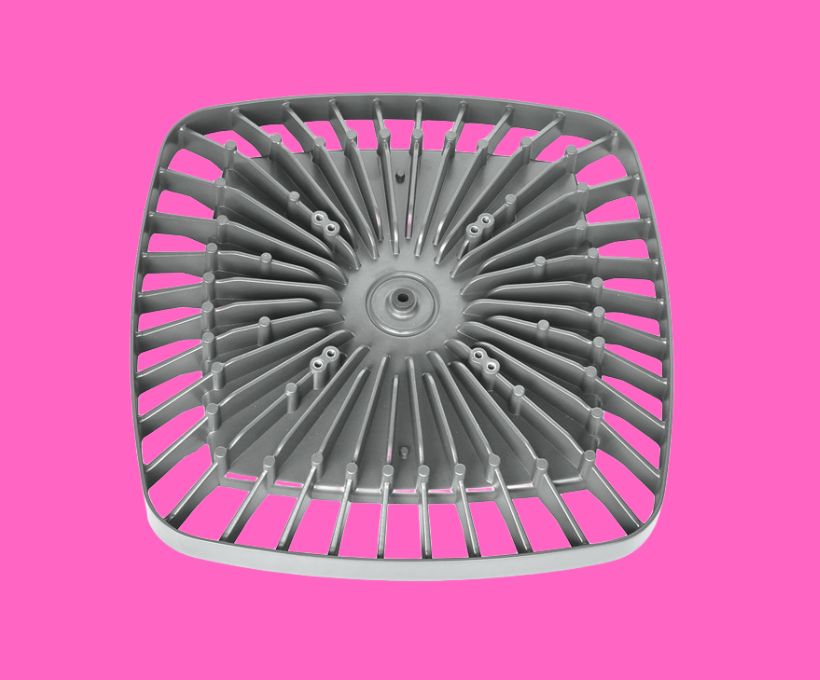Address
304 North Cardinal
St. Dorchester Center, MA 02124
Work Hours
Monday to Friday: 7AM - 7PM
Weekend: 10AM - 5PM
Address
304 North Cardinal
St. Dorchester Center, MA 02124
Work Hours
Monday to Friday: 7AM - 7PM
Weekend: 10AM - 5PM

Outline:
I. Introduction
A. Definition of Die Casting
B. History of Die Casting
II. Process of Die Casting
A. Step 1: Design and Manufacturing of the Die
B. Step 2: Melting and Pouring of the Metal
C. Step 3: Injection of the Molten Metal
D. Step 4: Cooling and Ejection of the Casting
III. Advantages of Die Casting
A. Cost-Effective
B. Repeatable
C. Durable
IV. Disadvantages of Die Casting
A. Limited to Low-Melting Alloys
B. Potential for Porosity
C. Finishing Requirements
V. Conclusion
Details:
Introduction: Die casting is a manufacturing process that involves forcing molten metal into a die, or mold, cavity to create a desired shape. It is a versatile process that has been used for centuries to create a variety of products, from coins and jewelry to engine components and medical implants. The history of die casting dates back to ancient times, when it was used to make coins and religious artifacts.
Process of Die Casting: The die casting process involves a series of steps that must be followed in order to achieve a desired shape. Step 1 involves designing and manufacturing the die. Step 2 involves melting and pouring the metal into the die. Step 3 involves injecting the molten metal into the die. Step 4 involves cooling and ejecting the casting from the die.
Advantages of Die Casting: Die casting is a cost-effective process that is capable of producing complex shapes with a high degree of accuracy and repeatability. It is also a durable process, capable of producing castings with a long service life.
Disadvantages of Die Casting: Die casting is limited to low-melting alloys, such as aluminum, zinc, and copper. Additionally, there is a potential for porosity, which can weaken the casting. Finally, die castings may require additional finishing, such as machining, polishing, and painting.
Conclusion: Die casting is a versatile and cost-effective process that has been used for centuries to create a variety of products. It is capable of producing complex shapes with a high degree of accuracy and repeatability. However, it is limited to low-melting alloys and may require additional finishing.